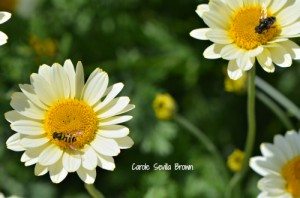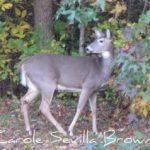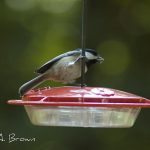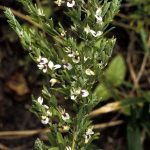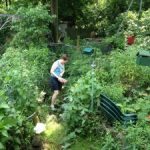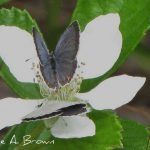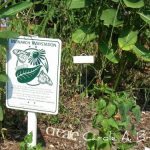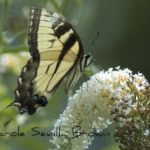Want to attract more pollinators to your wildlife garden?
I recently reviewed Heather Holm’s new book Pollinators of Native Plants, where I asked readers to leave comments telling us what they were doing for pollinators in their gardens (We had 2 copies of this book to give away to randomly chosen commenters).
Having pollinators in your garden is essential for the growth and production of many of your favorite flowers, fruits, and vegetables. Bees, butterflies, hummingbirds, and other pollinators are essential for the health of our ecosystems and play a critical role in maintaining biodiversity. Here are some tips for attracting more pollinators to your garden.
Provide a source of nectar: Pollinators feed on the nectar produced by flowers, so planting a variety of flowering plants is one of the best ways to attract them. Choose native plants that bloom at different times of the year to provide a continuous source of nectar. Some great plants for attracting pollinators include lavender, salvia, cosmos, and sunflowers.
Offer a source of water: Pollinators need water for drinking and to cool themselves off on hot days. A shallow dish filled with pebbles and water will provide a safe place for pollinators to drink without the risk of drowning.
Create a habitat: Provide a safe place for pollinators to rest and lay their eggs by planting a variety of shrubs, flowers, and herbs that offer shelter and nesting sites. Native species, such as milkweeds, are especially good for attracting butterflies.
Avoid using pesticides: Pesticides can be harmful to pollinators and other beneficial insects, so it’s best to avoid using them in your garden. Instead, opt for natural pest control methods, such as handpicking pests, using companion planting, and attracting beneficial insects to your garden.
Plant in clusters: Pollinators are attracted to large groups of flowers, so planting in clusters is more effective than planting individual plants. Grouping plants of the same species together will make it easier for pollinators to find the flowers they need.
Provide a source of pollen: Pollinators feed on pollen as well as nectar, so planting plants with large, visible stamens will provide a good source of food for them. Plants like dandelions, goldenrods, and daisies are great for this purpose.
More From Ecosystem Gardening:
Submit your review | |

